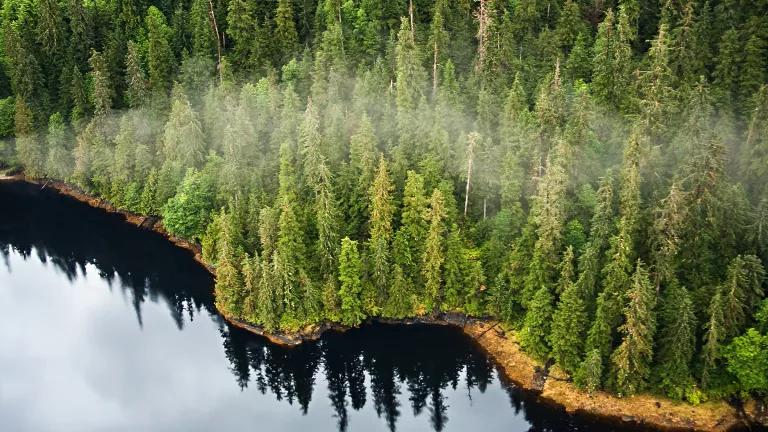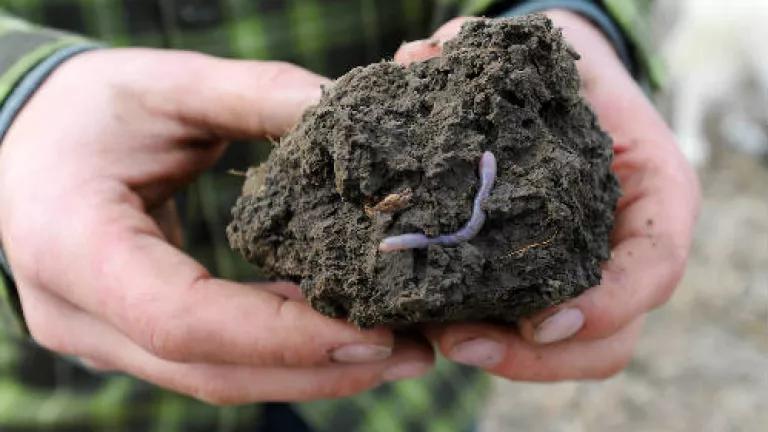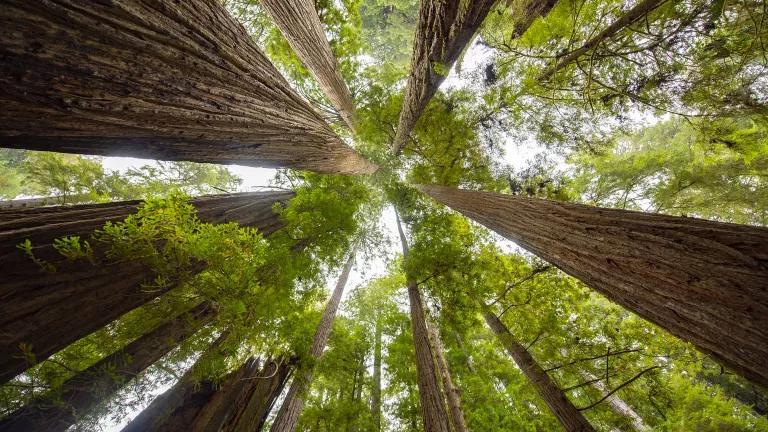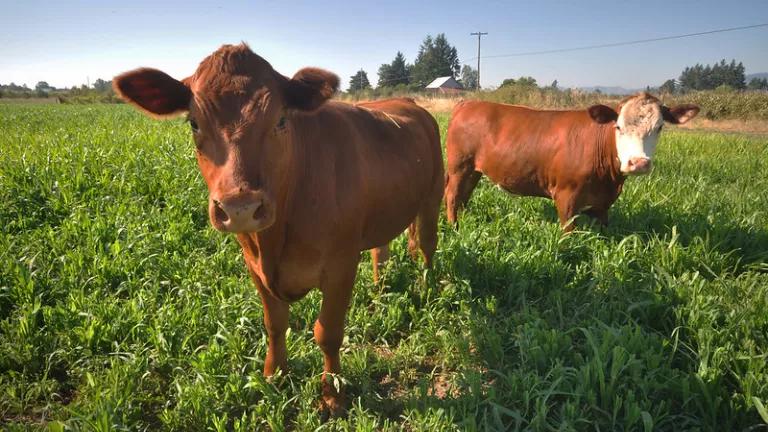How Management Affects Carbon Stored in Forest Soils
This World Soil Day, let’s take a minute to appreciate how forests, and specifically forest soils, store carbon.

When we think about a forest, we often picture trees towering overhead, accompanied by understory shrubs, plants, and mushrooms all working together to suck carbon dioxide out of the atmosphere through photosynthesis. However, this is only half of the story. Beneath the litter and moss carpeting the forest floor lies one of the largest stores of carbon on the planet. Over 40% of the total organic carbon stored in terrestrial ecosystems is stored in forest soils. This carbon is stored in several different locations and forms - at the soil surface or “O” layer as slowly decomposing litter, deeper in the soil profile as carbon stuck to mineral surfaces, or moving between the two as dissolved organic carbon in the soil solution. This World Soil Day, let’s take a minute to appreciate how forests, and specifically forest soils, store carbon.
The carbon locked in forest soils is constantly moving and changing form in a slow cycle that can span centuries. Carbon from decomposing leaf litter, branches, and woody debris at the soil surface can be turned back into carbon dioxide through the actions of soil microbes, be lost to erosion, or can be held in place by sticking to fresh mineral surfaces. Mineral-attached carbon can be stored for centuries, though eventually it will leach deeper into the soil profile, transform back into CO2 by microbes, or be taken up by plants. Studying this careful equilibrium between carbon inputs, losses, and transformations in forest soils has given us some invaluable insights into how the soil carbon cycle works.

Forest floors store large amounts of carbon due to the large amounts of leaf litter, branches and fine roots
The amount of carbon stored in a particular forest soil is dependent on a number of factors, including the climate, soil type, tree species composition, and tree age. For example, boreal forests store more carbon in their soils than temperate forests, partially because colder annual temperatures can slow carbon breakdown. At the same time, this carbon is unevenly distributed across the forest floor, with mature and old-growth trees storing up to 7% more carbon right next to their roots when compared to the bulk soil between trees. These stocks can be significantly impacted by natural and anthropogenic disturbances, including fire, climate change, logging, clear-cutting, and biomass removal.
Just how much carbon is lost from forest soils due to anthropogenic or natural disturbance is dependent on the type of disturbance and where in the soil you look. The carbon stored at the soil surface is often most vulnerable to loss from both natural and human-made disturbance - forests can lose over half of the carbon in the upper soil layers when converted to row crop agriculture. Even if forests are not converted to row crops, intensive timber harvesting poses a major threat to carbon stocks in the upper layers of forest soils, including associated practices such as site preparation and scarification (up to ~50% loss) and intensive stand thinning (up to ~ 28% loss). Major wildfires can also result in carbon loss from temperate forest floors (up to ~67% loss), though prescribed burning has a smaller impact (up to ~46% loss). Mature and old-growth forests and trees are more adapted to frequent fires due to many factors including higher moisture content (including in the soil), thick bark, higher tree canopies, and more open crowns. Collectively, these characteristics moderate fire behavior which can protect forest soil carbon stores in the long run. Notably, in temperate forests on federal forest lands, logging releases more greenhouse gas pollution than wildfire, both on a per-acre basis and nationally; for example, U.S. Geological Survey data from 2005-2014 found logging on federal lands in the conterminous United States emitted 43 million metric tons of CO2 equivalent per year (MMT CO2 eq./year), compared to 21 MMT CO2 eq./year from fire (tracking all terrestrial sources of carbon including soil). Given the potential for underestimating soil carbon content under mature and old-growth trees, carbon losses from logging could be even more significant.

U.S. Forest Service soil scientist Brad Rust conducts evaluations for surface soil texture and soil compaction for the Shasta-Trinity National Forest in California on November 17, 2007.
Public domain photo
The impact of disturbance on carbon in the deeper layers of the forest soil profile is harder to quantify. Different studies have found that logging increases, decreases, or has no effect on carbon concentrations in deeper soil layers. This can be for a number of reasons: the impact of disturbance on mineral soil carbon stocks is smaller than on forest floor carbon stocks, and may be harder to detect using soil sampling methods. The impact of disturbances on deeper soil layers also depends on the soil type, with soils adapted to more frequent litter inputs potentially seeing greater carbon losses from anthropogenic disturbance. Finally, timescale is a potential confounding factor - many forest soil carbon studies take place over relatively short (<20yr) timescales, but reviews suggest that if forests are converted from mature and old growth to intensely managed systems, mineral soil carbon is lost gradually over centuries. This gradual loss can help to explain why higher soil carbon stocks are noted in 80+ year old stands compared to younger stands, and why up to 15% more carbon is found in the organic and mineral soil layers of old-growth forests than in managed forests prior to harvest.
When it comes to forest soils, it appears that the conversion of mature and old-growth forests to secondary or managed stands causes a loss in soil C stocks, particularly in the forest floor. Keeping carbon in temperate forests is a longer term carbon storage solution than using timber for traditional wood products where more than 80% of the carbon can be lost. Reducing anthropogenic disturbances including all types of logging in mature and old-growth forests also contributes to numerous ecosystem benefits. Diverse mature and old-growth stands maintain more diverse fungal communities, which in turn can contribute to the growth of more diverse understory species. Conserving mature and old-growth forests and trees enhances our global carbon stores and protects these resilient climate forests for myriad ecological, hydrological, and biodiverse benefits.




